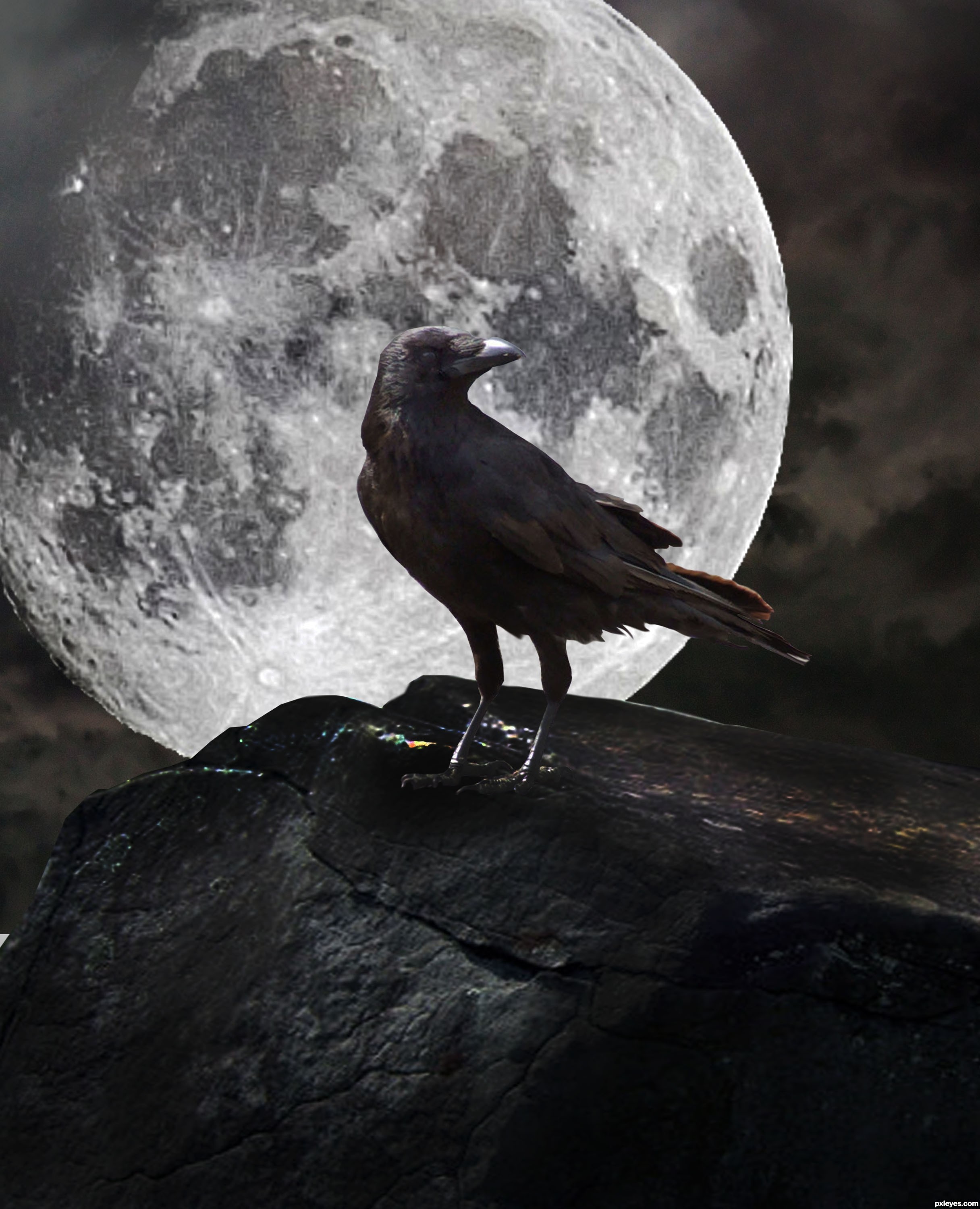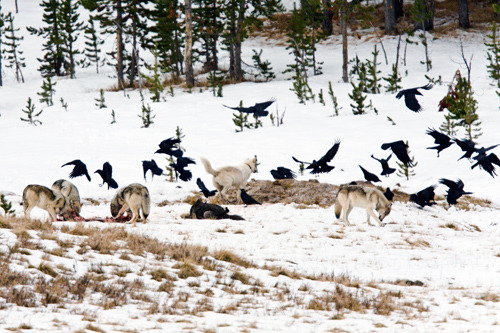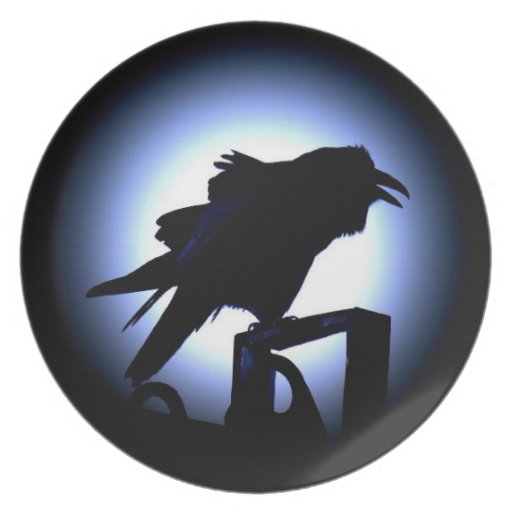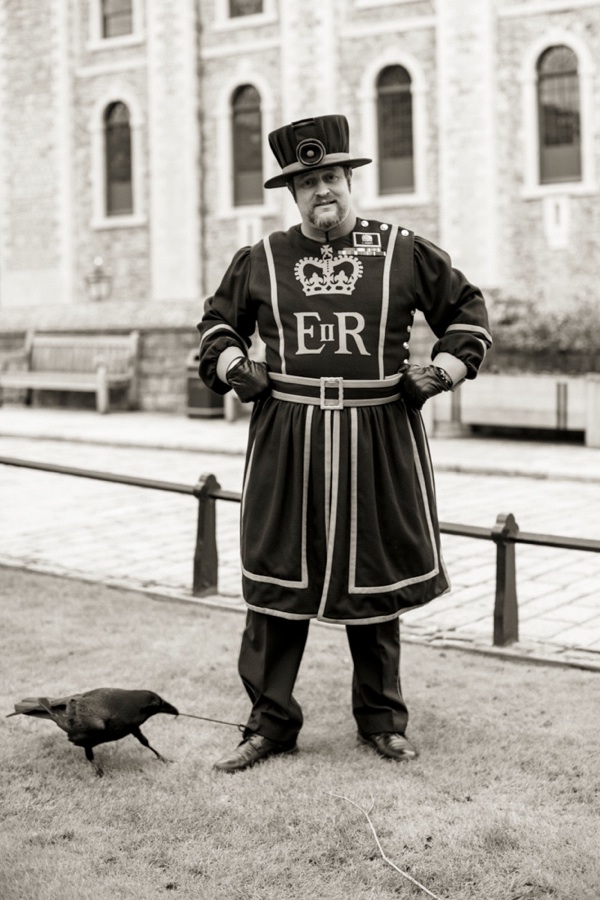
Raven and Eagle Dance
The Raven Diaries
White Ravens
Raven in Norse Mythology
Cornell Lab of Ornithology
http://allbirdsoftheworld.wikia.com/wiki/Common_Raven
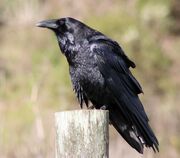
Books:
Angell, Tony. RAVENS, CROWS, MAGPIES, AND JAYS. Seattle: University of Washington Press, 1978.
Feher-Elston, Catherine. RAVENSONG: A NATURAL AND FABULOUS HISTORY OF RAVENS AND CROWS. Flagstaff, AZ: Northland, 1991.
Fitzharris, Tim. SOARING WITH RAVENS. San Francisco: Harper Collins, 1995.
Heinrich, Bernd. MIND OF THE RAVEN. Harper Perennial, 2007
Heinrich, Bernd. RAVENS IN WINTER. New York: Vintage, 1991.
Ratcliffe, Derek. THE RAVEN: A NATURAL HISTORY IN BRITAIN AND IRELAND. London: T & A D Poyser, 1997.
Savage, Candace. BIRD BRAINS: THE INTELLIGENCE OF CROWS, RAVENS, MAGPIES, AND JAYS. San Francisco: Sierra Club, 1995.


Source: http://ravenlifebycarmenmandel.blogspot.ca/2011/02/mythology.html
Angell, Tony. RAVENS, CROWS, MAGPIES, AND JAYS. Seattle: University of Washington Press, 1978.
Feher-Elston, Catherine. RAVENSONG: A NATURAL AND FABULOUS HISTORY OF RAVENS AND CROWS. Flagstaff, AZ: Northland, 1991.
Fitzharris, Tim. SOARING WITH RAVENS. San Francisco: Harper Collins, 1995.
Heinrich, Bernd. MIND OF THE RAVEN. Harper Perennial, 2007
Heinrich, Bernd. RAVENS IN WINTER. New York: Vintage, 1991.
Ratcliffe, Derek. THE RAVEN: A NATURAL HISTORY IN BRITAIN AND IRELAND. London: T & A D Poyser, 1997.
Savage, Candace. BIRD BRAINS: THE INTELLIGENCE OF CROWS, RAVENS, MAGPIES, AND JAYS. San Francisco: Sierra Club, 1995.


Source: http://ravenlifebycarmenmandel.blogspot.ca/2011/02/mythology.html























![Photo: Due to the fact that Raven Medicine has excellent problem-solving skills leads to the belief that they have great intelligence. This is probably why many indigenous cultures saw Raven Medicine as a spiritual figure or god. Learn more http://bit.ly/XID20E [Artwork by Robert Bateman]](https://fbcdn-sphotos-c-a.akamaihd.net/hphotos-ak-ash3/p480x480/63180_464395386940522_1689077910_n.jpg)

